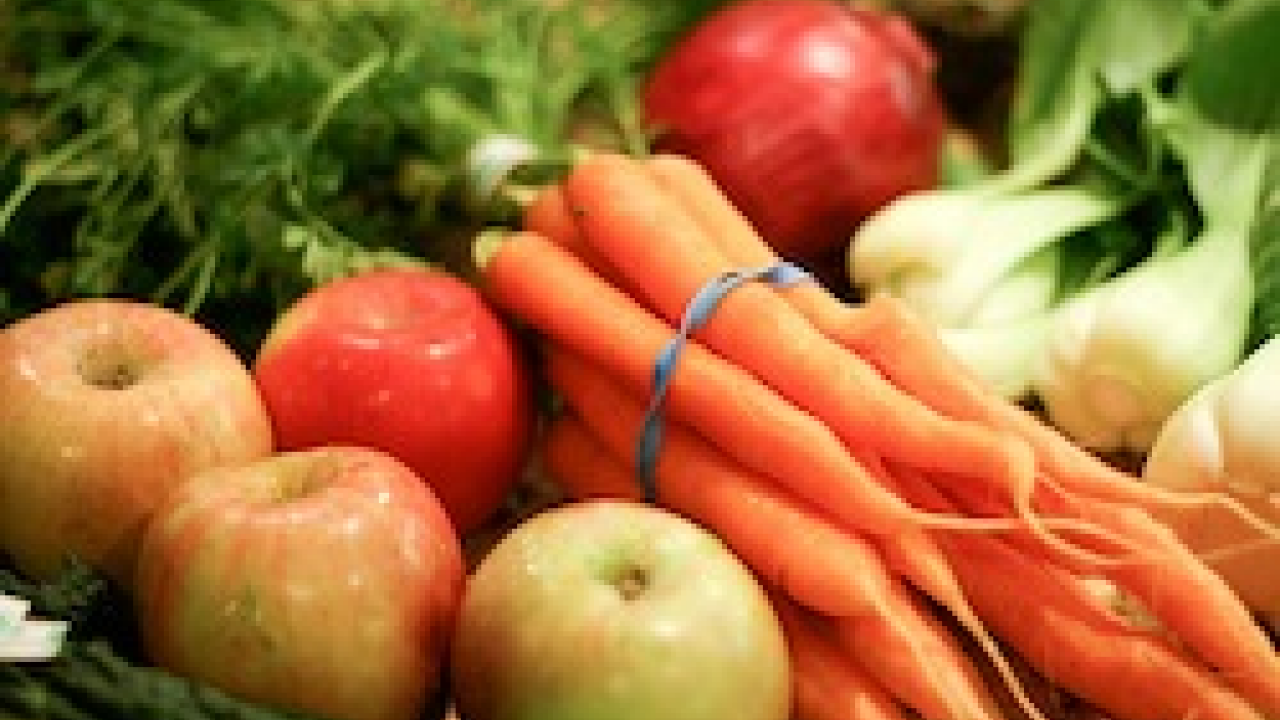
Federal nutritional guidelines advise us to eat five-to-nine servings of fruits and vegetables a day. That’s not too difficult if you are lucky enough to have access to the fresh and tasty produce grown in Northern California, where I live.
But many folks in this region and in the rest of the country aren’t so lucky. Fresh vegetable consumption has declined by nine pounds per person over the past 10 years. And it’s no wonder, considering how little US agricultural policy invests in fruit and vegetable production.
Instead, the sprawling federal Farm Bill, written by Congress every five years, is geared towards supporting large farms that grow five commodity crops: corn, soybeans, rice, cotton and wheat. These commodities, which mostly provide cheap feed for livestock and raw material for highly processed foods, are primarily grown in the Midwest, though California is no stranger to large-scale cotton and rice production.
Last year, California upland cotton growers received the largest share of federal agricultural payments made in the state–$198 million in taxpayer subsidies. That equals the amount spent to support all fruit and vegetable production and marketing in the state, even though the cotton crop, valued at $105 million in 2009, is tiny compared to California’s $18 billion annual fruit and vegetable harvest.
In 2009, the top one percent of subsidy recipients in the state–just 125 growers–reaped $57 million in subsidies, an average of $453,000 each. That precisely equals the amount spent on the Environmental Quality Incentive Program (EQIP), the state’s most important agricultural conservation program. Last year 70 percent of the farmers that applied for help from the EQIP program were turned away because of lack of funding for the program.
Just eight of the top subsidy recipients received $12 million in subsidies, the same amount spent by the US Department of Agriculture on programs to support local and regional food systems in California in 2009. Unlike direct farmer subsidies, these programs support farmers’ markets, community-supported agriculture (CSAs) programs, local garden and youth agriculture projects, value-added agricultural enterprises, farm-to-school initiatives and others that make fresh food more accessible while creating new outlets and returning higher prices to local farmers.
Unfortunately, Congress will not end this gross misallocation of spending unless we galvanize a massive movement to fight for a major shift in Farm Bill priorities. Just last month (Feb. 18), nearly half of California’s Congressional delegation (including three Democratic members of the House Agriculture committee) opposed an amendment introduced by Rep. Earl Blumenauer (D-Ore.) that would have limited the amount of farm subsidies to no more than $250,000 per farm per year. A $250,000-a-year cap hardly seems like much of a limit, but the amendment failed in the House 185-241.
California’s Bay Area Democratic legislators ? with the exception of Reps. Anna Eshoo (Palo Alto), Jerry McNerney (Pleasanton) and Mike Thompson (Napa) ? had the good sense to support the amendment. With Congressional discussions on the Farm Bill already underway, it’s time for urban and rural eaters and their representatives to have a seat at the table and to demand greater equity in farm bill spending.
We need a Farm Bill that invests in sustainable agricultural policies that expand fruit and vegetable production while significantly reducing chemical fertilizer and pesticide use and ramping up organic production. We also need increased investment in local processing and distribution to connect farmers effectively with local retail and institutional markets. We must also spur demand by expanding access to fresh fruits and vegetables in our food assistance and school lunch programs.
At a time of daunting federal deficits, the agricultural budget is a zero-sum game. As this past week showed, prying resources away from the subsidy lobby will not be easy. But if any state outside the farm belt can do it, it’s California – the nation’s leading agricultural producer and home to 55 members of Congress. But it will take a lot of eaters making a lot of noise to make sure that California legislators understand that we are counting on them to fight for better priorities in the next Farm Bill.



